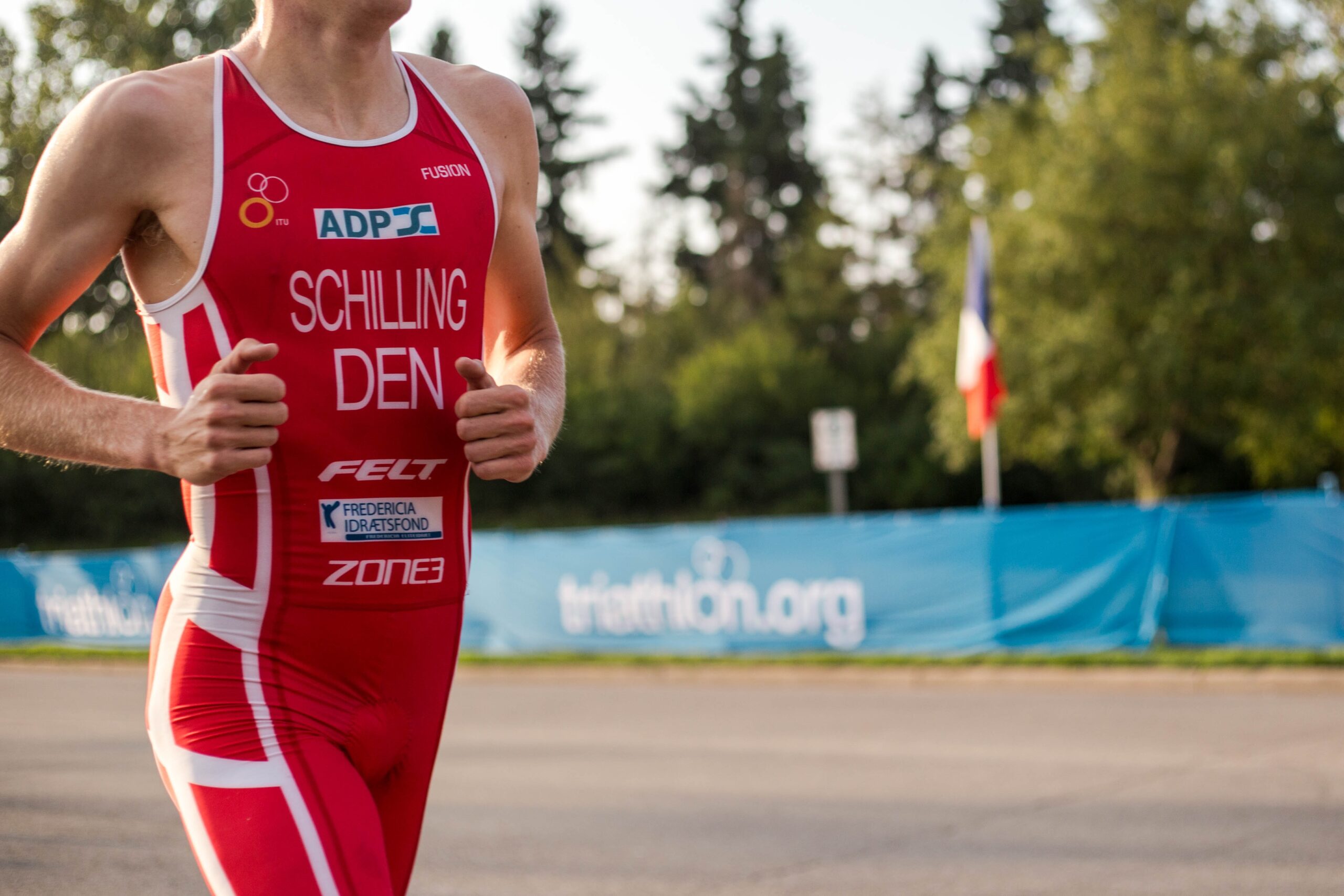
In the vast majority of cases, groin pain results from a muscle strain or tear and usually resolves on its own. Athletes disproportionately experience groin pain due to their activity levels, with statistics suggesting prevalence rates between 0.5% and 28% amongst football players. But what actually causes groin pain in the first place?
There are several unique causes of groin pain; however, the most common cause is a muscle strain, also known as a pull groin muscle. This occurs when the hip joint is involved in an acquired movement that causes a stretch or tears to the inner thigh muscles. The pain experienced is usually sharp and sudden, with the source of it often apparent. Inner thigh muscle spasms and leg weakness may also occur.
Beyond muscle strain, the following are also common causes of groin pain:
- Inguinal hernia. A condition where the fatty tissue of the intestine protrudes through the abdominal wall.
- Kidney stone. A small clump of minerals will form inside the kidney, causing waves of pain as it passes down through the urinary tract.
- Hip osteoarthritis arises when the smooth hip joint is worn down, causing leg movements to become painful and stiff.
Treating groin pain depends on what started it in the first place. In most instances, you may not need medical intervention; however, if the pain persists and impacts your daily activities, then get in touch.
When determining the best route of treatment, you will be asked when the pain started, what activities exacerbate the pain, and if you have experienced any accompanying symptoms. A full physical examination will then be performed, with imaging often being used as well.
There are five treatment approaches that may be taken, depending on the severity of the pain and your lifestyle:
- Rest and recuperation. Although it seems repetitive with sports injuries, rest and ice are your best friends. Limiting your activities as much as possible for a short period of time can significantly speed up the healing process.
- This approach solely offers short-term pain relief and has no significant impact on the healing process.
- Physical therapy. Depending on the cause of the groin pain, you may be referred for physical therapy. For example, if your groin pain results from hip-related causes, such as hip osteoarthritis, then long-term physical therapy may be beneficial in managing flare ups. Moreover, certain exercises can help improve your range of motion and flexibility, further preventing further injuries.
- This intervention is not always necessary and is only applicable in some serious conditions, including hip joint infections.
- Regenerative medicine. Platelet rich plasma (PRP) is a novel treatment that has had great success in treating arthritic conditions, including hip osteoarthritis. We go into more detail on the process of PRP here. The benefits of PRP on hip function and pain have been shown to be superior to other options given the long-term duration of its effects.
At Opus, we pride ourselves on offering a range of treatments to our patients to ensure that the most appropriate route of recovery is selected. If you are experiencing persistent groin pain, we can provide you with the traditional routes of treatment but also the regenerative options, including PRP. Get in touch today to discuss the best option to get you back on your feet.

I wanted to thank you for this very good read!! I absolutely loved every bit of it. Ive got you saved as a favorite to check out new things you postÖ